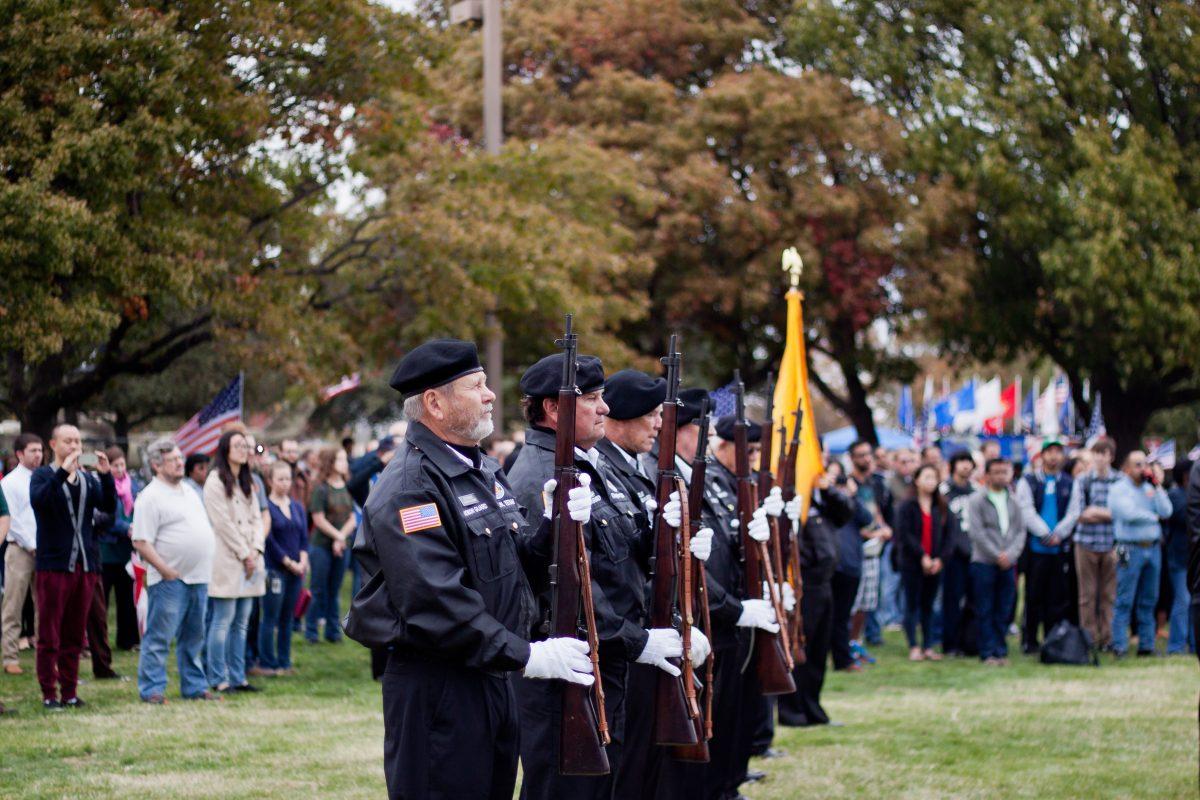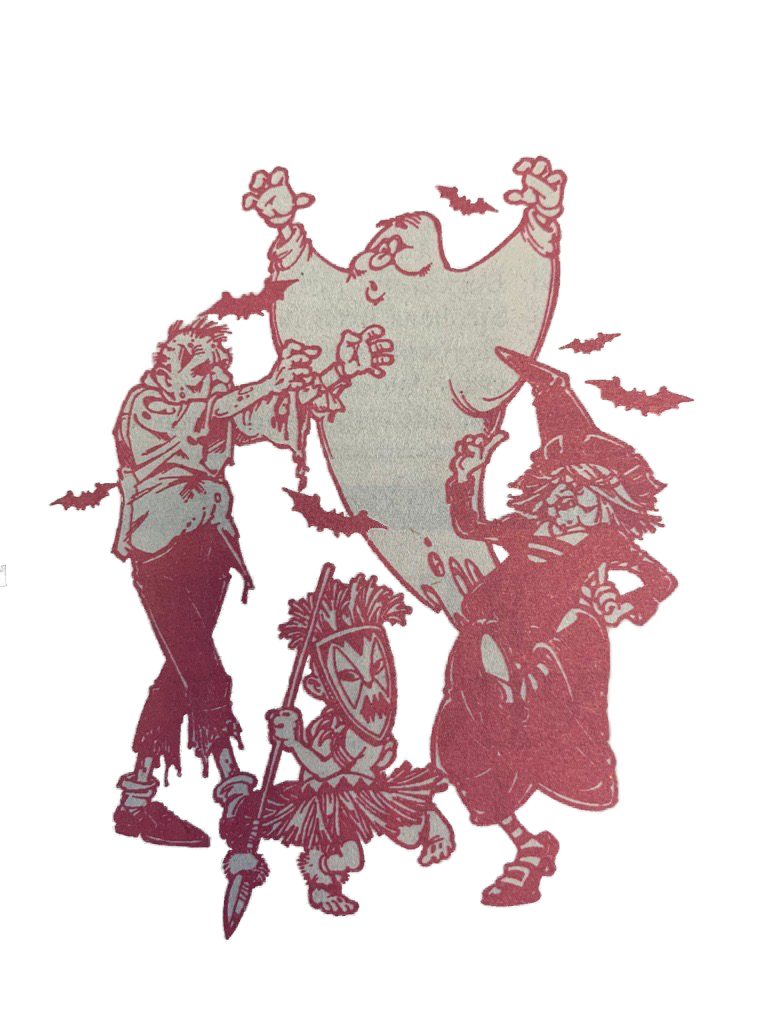Public pays tribute to Vietnam vets at traveling memorial replica, mobile center
A half-scale replica of the Vietnam Veterans Memorial in Washington D.C. was on display from Nov. 19-22 in front of the McDermott Library.
The 250-foot exhibit, called The Wall That Heals, includes both the wall inscribed with more than 58,000 names and a mobile education center.
An official opening ceremony for the wall took place on Nov. 21. The event had standing room only as veterans, their family members, supporters and students listened to Vietnam veterans describe their experiences in the conflict and the difficulties of transitioning back into civilian life.
U.S. Rep. Sam Johnson, the honorary guest of the event, began by reminding guests of the reality of the wall and the men and women whose memory the wall bears.
“Events and memorials like this are important,” Johnson said. “They remind us of one very important fact: Freedom is not free. There is a cost. The cost is first paid by veterans and their families.”
Accounts of the Vietnam War followed Johnson’s address. Veterans spoke of their comrades in battle and friends who were lost in combat.
George Fair, dean of the School of Interdisciplinary Studies and a Vietnam veteran, spoke of the lasting memories of his fellow soldiers.
“I will never forget the men who served with me, whose names are on the wall,” he said.
These moments of commemoration and reflection are the reasons given by the Vietnam Veterans Memorial Fund in its mission statement for building the original memorial. The replica, in particular, serves this purpose.
“I think it’s a good commemoration of it,” Fair said. “A lot of people have worked hard to try to commemorate the situation that took place in Vietnam.”
The people who labored to honor those who fought in Vietnam also desired the commencement of conversations about the war. Through such conversations, people are able to make a distinction between the war and the men and women who fought in the war.
“The fact of the war has come out and it was not a hugely popular war, so it’s never going to be a hugely popular war,” Fair said. “Our country decided it had a priority, so the people who fought the war were just following orders and following the priorities that our country set for them.”
Angus McColl, vice president of Corporate Relations and organizer of the event, dispelled the idea that those who fought were primarily drafted and unhappy with the prospect of service.
“There are about 3 million people who served in Vietnam,” McColl said. “The vast majority did serve honorably, and the majority was actually volunteers. There were draftees as well, and even of the ones drafted, a huge number say they are proud they served. It’s around 91-92 percent.”
The Wall That Heals is especially important to UTD because the university educates, employs and aids many veterans.
“We are a veteran-friendly campus,” McColl said. “We have over 600 student veterans, including one that is a Vietnam War veteran, and we have 150 of our faculty and staff who are documented veterans.”
UTD’s Center for Brain Health works with veterans to help recover and improve brain performance and overcome Post-Traumatic Stress Disorder and traumatic injuries.
The Vietnam Veteran’s Memorial Fund seeks to educate all generations about the impact of the Vietnam War, and the fund employs a mobile education center that holds displays of pictures of some of the soldiers whose names are on the wall, as well as memorabilia.
“Part of the Vietnam Veteran’s Memorial Fund website talks about that it’s not just there for that generation. It is for the current generation of students and other young people who were born after the war and would have no knowledge of it,” McColl said. “It’s there as a marker for other generations to learn from.”














